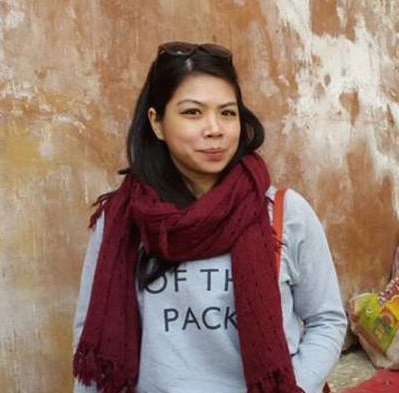Q: What is the EAT-Lancet report?
JI: The EAT-Lancet report is a very recently published document, which has a couple of really important messages relating to our diets. Essentially it’s saying we need to have a much more healthy diet which is more environmentally benign. It is packed with information, data, ideas and recommendations.
Q: Why is this important?
JI: Because the state of our health on the global level is not particularly good. We have about a billion people who are hungry, we have perhaps 2.5 billion people who aren’t getting the correct nutrients, and we have perhaps 2.5 billion with too many calories, overeating. And despite some overlap of the second category with the first and third, this this means, collectively, over half of the global population does not have a satisfactory diet.
Q: Is our food system broken?
JI: The food system is not broken, it is serving multiple functions at a societal level, a huge number of livelihoods are embedded in the food system. It obviously feeds us and that’s important but the way it feeds us, and the change we’ve seen over the last 50 years, has led to increasing overconsumption of what is often termed – ‘empty calories’ – which is high calorific food with all those fats and sugars, but not particularly nutritious. On the other hand, we still have about a billion people hungry and that number is increasing year on year.
Q: How can we change it?
JI: This report lays out some recommendations of a societal shift to a different diet – this is very challenging. We like what we like and bringing about systemic change is going to need a combination of all the actors involved: the policy processes, the private sector is particularly important, the NGO and civil society, and ourselves as citizens and consumers.
Q: Is it just developing countries that suffer from malnutrition?
JI: Malnutrition is a word that has been used very liberally. Malnutrition actually means ‘bad nutrition’ so it does refer to those of us who have too much as well as those who don’t have enough. Undernutrition is a big problem, it is essentially a problem of the developing world but overnutrition is another form of malnutrition, which is a worldwide epidemic. It’s not just the ‘global north’, it is across the globe and it is much more related to wealth and opportunity to buy different foods than it is related to geography.
Q: What kind of problems does overnutrition bring?
JI: Overnutrition brings two types of problems: first of all, to personal health: noncommunicable diseases, cardiovascular disease, and type 2 diabetes is very much on the increase. That is a great challenge, particularly for poorer nations, whom have a less robust public health sector. The other problem with overnutrition is the unnecessary consumption of food, which puts extra pressure on the natural resource base on which our food system depends. So if we were to reduce the amount of food we eat, if we’re eating too much, it will in effect reduce the pressure on the natural resource base. Reducing food waste is also a very big part of that.
Q: How did we get to a system where some people don’t have enough food and some people are eating too much food?
JI: Over the last 50 years we’ve seen a remarkable change in the number of people. Fifty years ago, about 2 billion people weren’t hungry; today about 6 billion people are not hungry. This is a remarkable story. With it has come divergence of the overconsumption, particularly with the wealthy, and the baseline of those not getting enough has remained very steady. So how does it come about? A combination of economic development, population growth, globalization, huge market reach by multinational corporations and a policy framework that is not adequate to manage more effectively the food system to mitigate the negative aspects, and reinforce the positive.
Q: Whose role is it to change the system?
JI: It’s everybody’s role and arguably nobody’s. Who takes responsibility? Is it the public health people? Is it the agriculture people? Is it the finance people in government or is it civil society organizations, or is it down to us individuals? There are a large number of actors and recognizing that they all have their own motives, their own purpose, and what they want out of it is very important. As we discuss interventions to bring about change, we need to recognize there will be losers as well as winners and we need to pave the ground for the losers more strongly than we need to celebrate the success of the winners.
Q: And who would the losers be?
JI: The losers could be businesses, the environment, political aspects, you and me if we’re looking for a change in our diet and we’re uncomfortable with what we have to move towards.
John Ingram will be the keynote speaker in an upcoming webinar, Enhancing food system resilience: What roles can forests, trees and agroforestry play? What are the research perspectives?, hosted by the CGIAR Research Program on Forests, Trees and Agroforestry (FTA) and the Environmental Change Institute – University of Oxford (ECI) on Feb. 12, 2019, at 9am UTC, 4pm WIB. Read the full agenda and register to attend on the event webpage.
We want you to share Forests News content, which is licensed under Creative Commons Attribution-NonCommercial-ShareAlike 4.0 International (CC BY-NC-SA 4.0). This means you are free to redistribute our material for non-commercial purposes. All we ask is that you give Forests News appropriate credit and link to the original Forests News content, indicate if changes were made, and distribute your contributions under the same Creative Commons license. You must notify Forests News if you repost, reprint or reuse our materials by contacting forestsnews@cifor-icraf.org.












